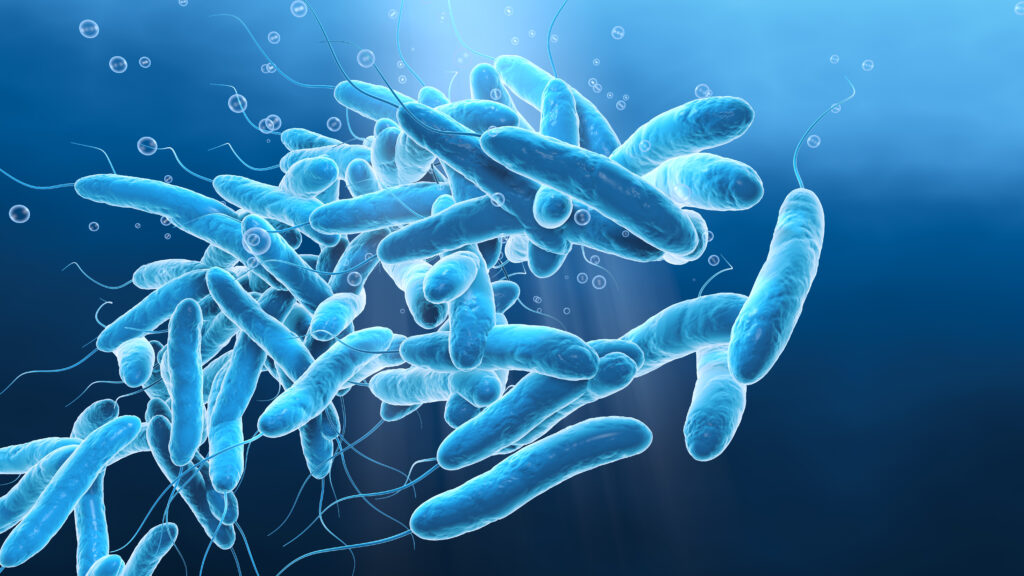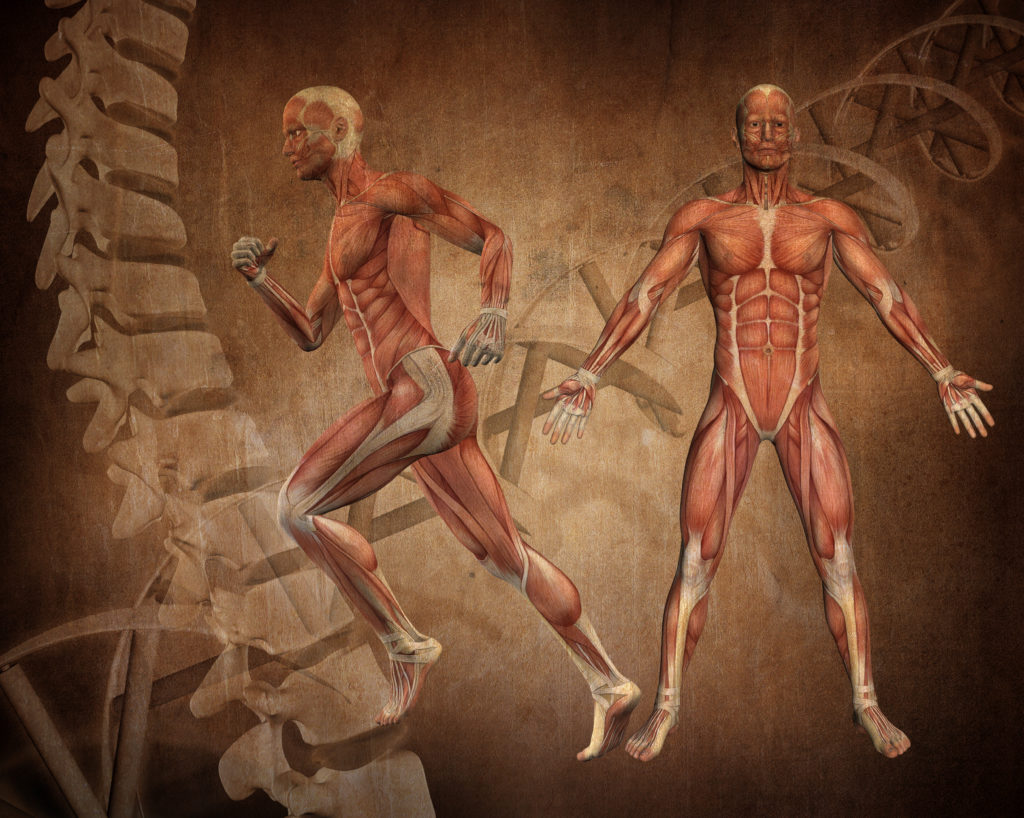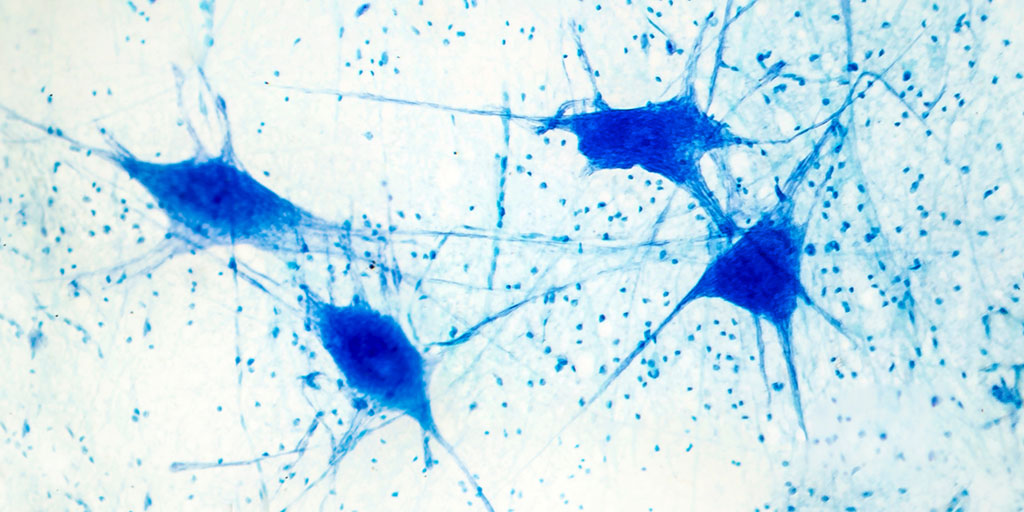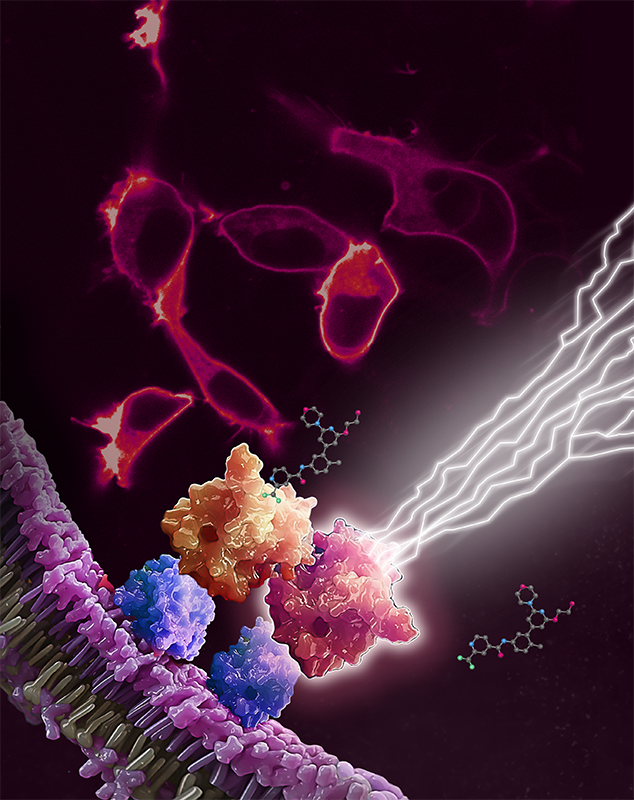Earning a PhD opens doors to a wide range of career opportunities across academia, industry, government, and beyond. While many students begin their PhD programs with specific career goals, research shows that career interests often evolve during their training (Brown et al., 2023). Therefore, exploring career options and remaining flexible to opportunities is important. By embracing career exploration and self-assessment, students can identify their best career options and make informed decisions about their next steps after graduation.

The Many Career Options for PhD Graduates
PhD graduates today find themselves in diverse roles, with opportunities extending beyond traditional academia. Career paths include:
- Academia: Research-intensive faculty positions, teaching-focused roles, or administrative leadership.
- Industry: Roles in biotechnology, data science, or consulting, often in research or management positions.
- Government and Nonprofit Organizations: Research or policy roles in agencies such as the NIH (National Institutes of Health) and FDA (Food and Drug Administration), and others.
- Additional Careers: Science communication, medical writing, marketing, patent law, or entrepreneurship.
During their training, PhD students develop highly transferable skills—critical thinking, project management, data analysis, communication, and problem-solving—that are highly valued across sectors (Sinche et al., 2017). Recognizing the value of these skills can expand career options for graduates.
Continue reading “Exploring Career Options for PhD Students: Planning for Success”








